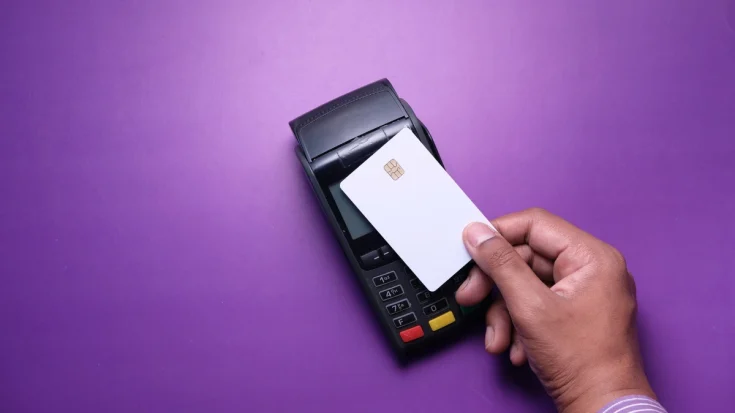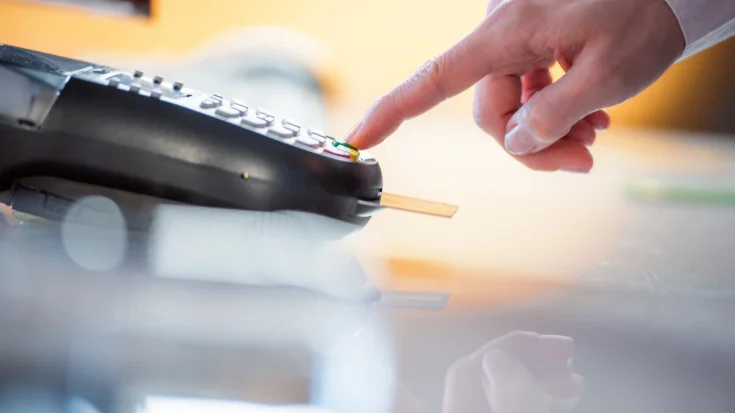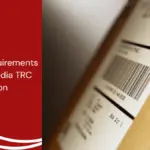The smart card reader provides many benefits, especially the ability to be a reader for smart cards that are usually used for digital identity, payment, and access control. However, the advantages and disadvantages of smart card readers cannot be separated even though we can feel the benefits.
The advantages and disadvantages of smart card readers include fast and practical access, improved user experience, to more guaranteed security, while the disadvantages include demagnetization risk, dependency on technology, to expensive upfront investment.
This article will inform you about some of the advantages and disadvantages of smart card readers that you can consider.
Also Read
Table of Contents
The Advantages and Disadvantages of Smart Card Reader

Like any other technology, a smart card reader has several advantages that can be utilized and disadvantages to consider. The advantages of smart card readers include fast and practical access, improved user experience, to more guaranteed security, while the disadvantages include demagnetization risk, dependency on technology, to expensive upfront investment. Here are the advantages and disadvantages of smart card reader:
The Advantages of Smart Card Reader

Here are some of the advantages of a smart card reader:
1. Fast and practical access
One of the advantages of a smart card reader is its fast and practical access. The ability of this tool to verify data only takes seconds. Of course, this capability is very helpful for authentication, payment, and access control systems.
2. Operational efficiency
Operationally, using a smart card reader will add efficiency. The automation system in using it makes the process faster and reduces queues. From an administrative perspective, it also eliminates manual processes, thus reducing errors.
3. Improves user experience
Another advantage of a smart card reader is its ability to improve user experience. Using smart cards provides customers with a seamless process and gives a modern and efficient impression for various authentication, payment, and access control needs.
4. Flexibility of use
Smart card readers are very flexible to use in many sectors and various applications. Some sectors that have used this tool are the health, finance, government, education, and transportation sectors. Also, the application of this tool starts from identification, payment, to access control.
5. More guaranteed security
More guaranteed security is a well-known advantage of smart card readers. Equipped with high encryption and authentication technology this tool is more secure. So that it will avoid piracy and data falsification.
The Disadvantages of Smart Card Reader

Here are some of the disadvantages of a smart card reader:
1. Demagnetization risk
One of the drawbacks of a smart card reader is its risk of demagnetization. Demagnetization is the process of reducing the magnetic properties of a material. RFID contained in smart cards is prone to demagnetization if not stored properly. If that happens, it will certainly cause obstacles to your future processes.
2. Dependency on technology
Dependency on technology is another drawback of smart card readers. The system contained in the reader is highly dependent on technology and infrastructure, so if a problem occurs, it will certainly disrupt use.
3. Hacking potential
Even though the encryption and authentication system in the smart card reader is secure, the risk of hacking remains. Especially if the smart card reader security system does not have end-to-end encryption. The possibility of hacking also occurs when there is a power outage.
4. Expensive upfront investment
Another drawback of smart card readers is their expensive upfront investment. This technology does tend to be expensive when compared to other authentication, payment, and access control technologies.
Those are the advantages and disadvantages of smart card readers that you can consider before deciding to use them. When you choose to use a smart card reader, you can feel all the advantages from fast and practical access, and improved user experience, to more guaranteed security.
However, don’t forget to make a consideration of the disadvantages which are demagnetization risk, dependency on technology, to expensive upfront investment. Another thing to note is that using smart card reader technology must pass the certification test from the Directorate General of Digital Infrastructure (DJID).
With DJID certification, users can feel calm about using a smart card reader device whose quality and security are guaranteed. For manufacturers or importers of smart card reader devices, obtaining certification from DJID is a mandatory step before the device can be officially marketed in Indonesia.
To simplify the certification process, Type Approval Certification Services for ICT Products are available to assist with this process as a reliable solution.


















